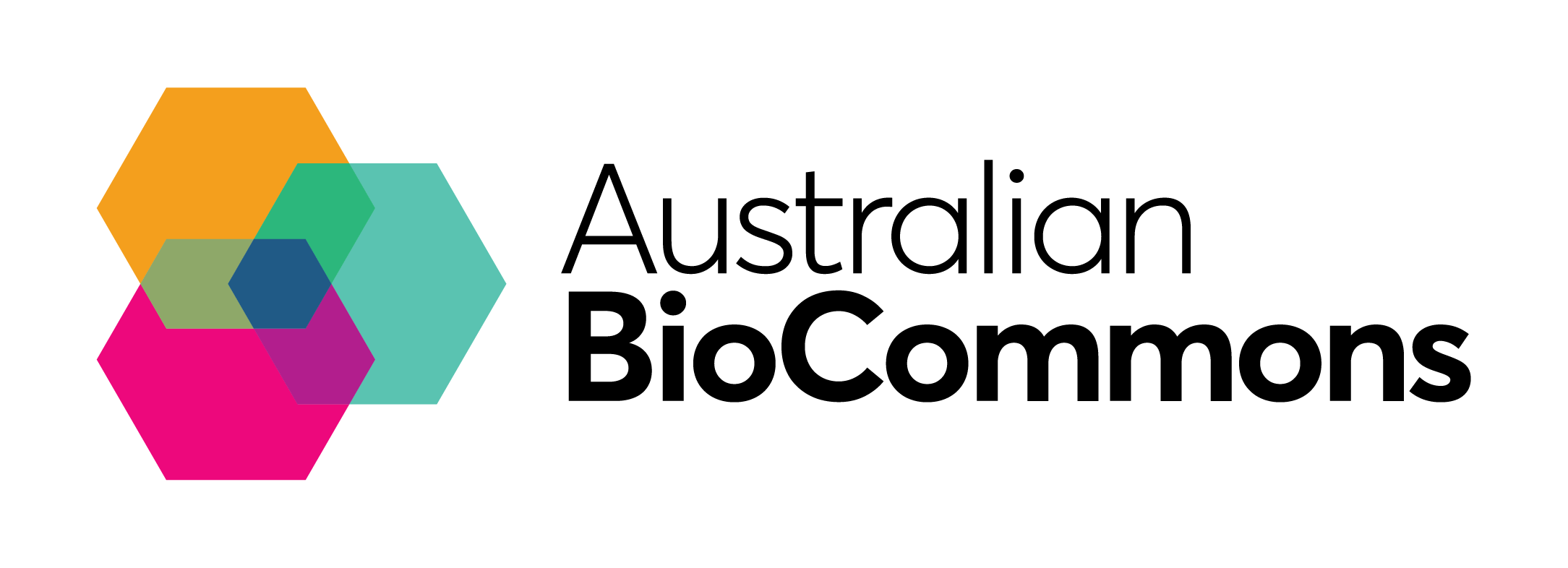Streamlining metagenomics and single cell transcriptomics data processing with new workflows
Three new computational workflows are transforming raw metagenomics and single cell transcriptomics data into an analysis-ready state. Perfect for fresh experimental data or analysis of publicly available datasets, the workflows come with best practice tools installed and well documented how-to guides. While originally developed for use by a core facility generating huge quantities of new data, the new resources are available on the fully subsidised Galaxy Australia service so that anyone can put them to work.
The workflows were developed through a collaboration between Griffith University’s Central Facility for Genomics (GU-CFG) and Australian BioCommons. With an expected influx of spatial omics and single cell data from new instrument installations, these common workflows were the ideal solution to do the heavy lifting of data preprocessing before delivery to end users.
Dr Sarah Williams, Senior Bioinformatician at QCIF, said that the team built their workflows within the Galaxy Australia platform as:
“The web accessible interface is intuitive to use. Histories can be quickly shared along with custom reports for GU-CFG to provide to their end users, and researchers can then choose to continue with further analyses without leaving the Galaxy interface.”
Valentine Murigneux, Bioinformatician at QCIF added:
“Researchers can just bring their data into Galaxy and use the workflows straight away, as they come with the best practice tools pre-selected and installed ready to go on Galaxy, saving time often spent researching the best tools for the job and installing the databases required.”
One example of this benefit is the inclusion of CellRanger within the single cell RNA (scRNA) sequencing workflow. CellRanger is a proprietary tool for 10X single cell data, and access is now fully subsidised for Australian-based researchers through an application process within Galaxy Australia.
All three workflows have extensive user guides available, so if you are looking to efficiently process raw metagenomics or single cell transcriptomics data, be sure to check out the new workflows via WorkflowHub:
You’ll find all of the background information you need about the workflows in their how-to guides:
Looking ahead, BioCommons are establishing two new activities - the ‘Methods Commons’ and ‘BioCLI’ to continue where BYOD has left off. Stay tuned for more in this space!
The Australian BioCommons BYOD Expansion Project was funded through NCRIS investments from Bioplatforms Australia and the Australian Research Data Commons (https://doi.org/10.47486/PL105) that were matched with co-investments from AARNet, Melbourne Bioinformatics, NCI, Pawsey, QCIF via the Queensland Government RICF fund, The University of Sydney, AGRF, Griffith University and Monash University.

